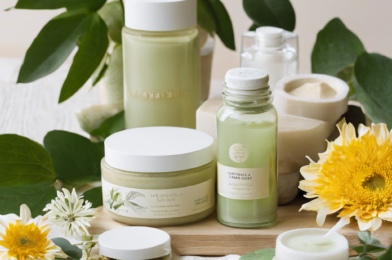The use of water as a therapeutic practice has been documented throughout history, with ancient civilizations such as the Egyptians, Greeks, and Romans utilizing hydrotherapy for its healing properties. Fast forward to today, and hydrotherapy is still widely recognized for its ability to promote physical and mental well-being. While a trip to a spa or resort is always enticing, you can also easily incorporate water-based therapeutic techniques into your self-care routine at home.
So, what exactly is hydrotherapy? Simply put, it’s the use of water, in its various forms, temperatures, and pressures, to stimulate the body’s healing processes. This can include treatments such as saunas, steam rooms, contrast therapy, and even simple practices like taking a cold shower or an ice bath. By stimulating the body’s thermoregulatory system and promoting blood flow, hydrotherapy can help reduce inflammation, ease joint pain, improve circulation, and boost mental clarity.
One of the most accessible forms of hydrotherapy is the practice of taking contrasting showers, which involves alternating between hot and cold water. This technique helps to improve circulation, reduce muscle soreness, and increase energy levels. If you’re feeling adventurous, you can try ending your shower with a cold blast, as it has been shown to improve circulation, boost immunity, and even increase weight loss by stimulating brown adipose tissue (BAT), which helps burn calories.
For those with joint pain or inflammation, spending time in a warm bath can provide soothing relief. Enhance the experience by adding Epsom salt, which is rich in magnesium, to help relax muscles and reduce inflammation. Additionally, the buoyancy provided by a warm bath can relieve joint pressure and improve flexibility, making it an ideal pre- or post-workout treat.
Saunas and steam rooms are another popular form of hydrotherapy, offering a range of benefits. The heat helps improve cardiovascular performance by increasing heart rate and blood flow, mimicking the effects of exercise. Spending time in a sauna or steam room can also promote deeper sleep, boost immunity, improve skin health, and provide a calming, meditative space to relax and unwind.
Contrast therapy, which involves alternating between hot and cold immersions, is an effective way to stimulate the body’s healing response. This technique helps to increase blood flow to injured areas, reduce inflammation, and relieve pain. You can easily practice contrast therapy at home by alternating between a hot bath or shower and a cold plunge or ice bath.
Hydrotherapy is a natural and effective way to support your overall health and well-being. By incorporating these water-based techniques into your self-care routine, you can experience the healing powers of hydrotherapy from the comfort of your own home. Remember to always listen to your body, and consult with a healthcare professional if you have any concerns or underlying health conditions.
Whether you’re looking to ease joint pain, boost circulation, or simply unwind and de-stress, hydrotherapy offers a range of accessible practices to support your wellness journey. So, go ahead and indulge in a little “me time,” and let the healing powers of water work their magic!
This article is intended for informational purposes only and is not a substitute for professional medical advice, diagnosis, or treatment. Always seek the advice of a qualified healthcare provider with any questions you may have regarding a medical condition and before starting or stopping any treatment.









